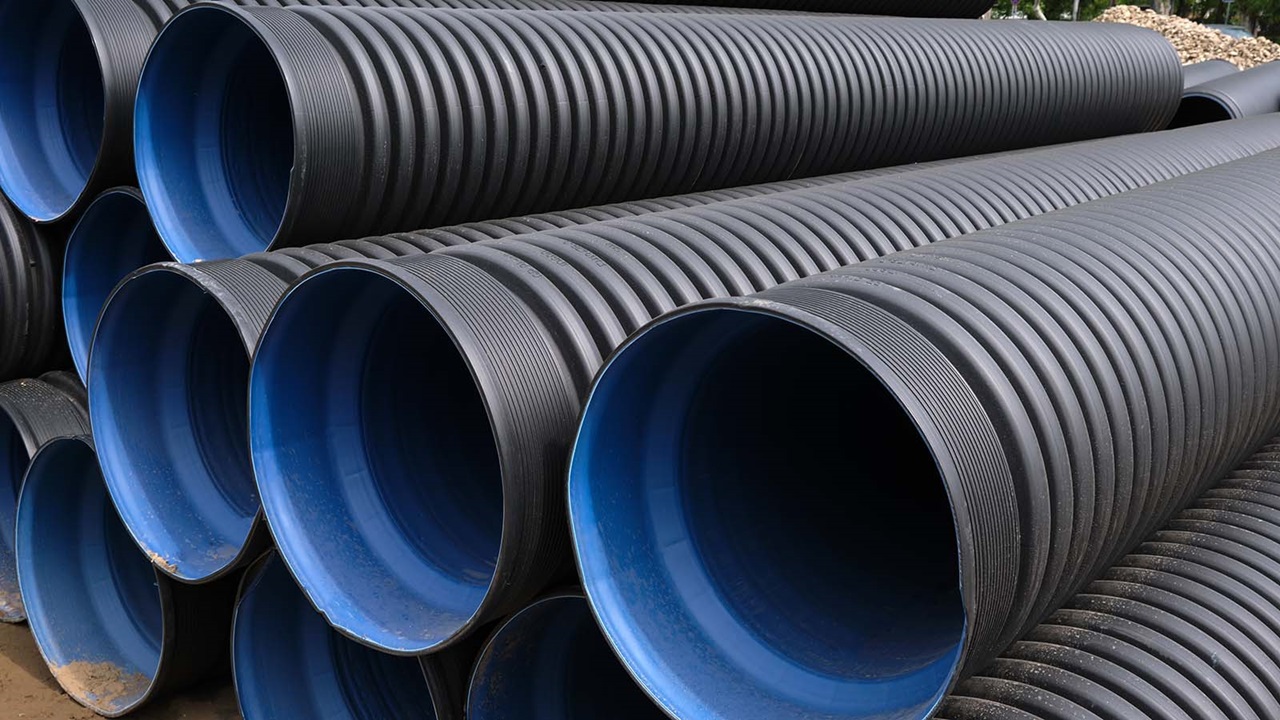The right selection of the type of steel pipe should be made with careful attention to safety, durability, and efficiency in industrial and structural applications. There are various standards available for specification. Among them, one very important standard for carbon steel pipes used for pressure as well as for structural purposes is ASTM A53. It has two grades A and Grade With different properties for two different purposes. In many ways, this perception of differences can be very helpful for businesses and contractors in making the right decision concerning their projects. Here is how ASTM A53 Grade B vs Grade A differs as per Tuspipe:
Introduction to ASTM A53 Pipes and Their Uses
ASTM A53 is widely used for steady and welded carbon steel pipelines for structural and pressure purposes. Grade A and Grade B ASTM A53 pipes are most often used because of the reliability they demonstrate when it comes to moderate pressure and load because of their makeup. Grade A pipes have medium strength and high flexibility and are used for low-pressure applications and structural use. Grade B has higher strength, which is often chosen for higher-stress applications like pipelines in the oil and gas industry. Thus, knowing these basic differences would allow engineers and builders to select the grade of pipes best suited for their use.
Mechanical Properties and Strength
The mechanical properties characteristics such as tensile strength, yield strength, and elongation are different for ASTM A53 Grade A and B pipes.
Grade A Mechanical Properties
- Tensile Strength: 330 MPa (48,000 psi)
- Yield Strength: 205 MPa (30,000 psi)
- Elongation: The more elongation, the more flexibility and the more maximal bend of the pipe.
Grade B Mechanical Properties
- Tensile Ultimate Strength: 415 MPa (60,000 psi)
- Yield Strength: 240 MPa (35,000 psi)
- Elongation: Less ductile than Grade A but stronger and less susceptible to deformation.
Thickness and Sizing Options
ASTM A53 Grade A and ASTM A53 Grade B pipes are available in standard dimensions in various dimensions and thicknesses. This makes it possible to use the product for different purposes depending on the amount of pressure that might be likely to be applied and also the load the product will likely carry.
Wall Thickness Options
They come in standard, extra strong, and double extra strong thickness schedules; there is a variety as demanded by the customers for each pipe. The wall thickness decides the pressure. The higher the wall, the more will be the tolerance towards the pressure.
Diameter Options
Standard nominal sizes are available from 1/8-inch diameter up to 26 inches, thus versatile.
It needs to have the right size and thickness so that it can guarantee that the pipe will be suitable for the environment in which it’s being used. For example, it uses high thickness in applications of pressure whereas normal thicknesses are usually put in the structural applications.
Testing and Quality Standards
Non-destructive testing and quality control are very important in the production line of ASTM A53 pipes with an eye on passing on the right qualities to the consumer. These quality assurance processes make ASTM A53 pipes among the most preferred in many industries and give clients confidence in the pipeline materials they use. Tuspipe also tests Grade A and Grade B pipes to ensure that they meet the ASTM requirements before placing them in the market.
Hydrostatic Testing
Check that the pipes can hold maximum pressure as rated without the pipes bursting or developing leaks.
Flattening and Bend Tests
Grade A pipes frequently pass better bend tests considering their flexibility while grade B pipes frequently pass better tests for strength.
Key Applications for Grade A and Grade B
Understanding the differences between Grades A and B also highlights their preferred applications:
Grade A
- Ideal for low-pressure fluid conveyance, including water and air lines.
- Frequently used in structural applications where flexibility is required.
- Commonly found in lighter-duty applications, such as low-stress gas pipelines.
Grade B
- Suitable for high-pressure applications like oil and gas pipelines.
- Used in industrial fluid transport where strength is critical.
- More tensile strength; hence is often selected for demanding structural applications.
Conclusion
The current varieties of ASTM A53 Grade A & ASTM A53 Grade B pipes are based on the requirements of the project. Grade A is more versatile, easy to install, and thus is used for structural purposes and low-pressure applications. Grade B, with its increased strength and durability, is better suited to high-pressure pipelines and industrial settings where resilience is key. By providing both Grade A and Grade B pipes under the ASTM A53 standard, Tuspipe offers clients versatile and reliable options tailored to a variety of applications, ensuring that each project receives the material best suited to its requirements.

